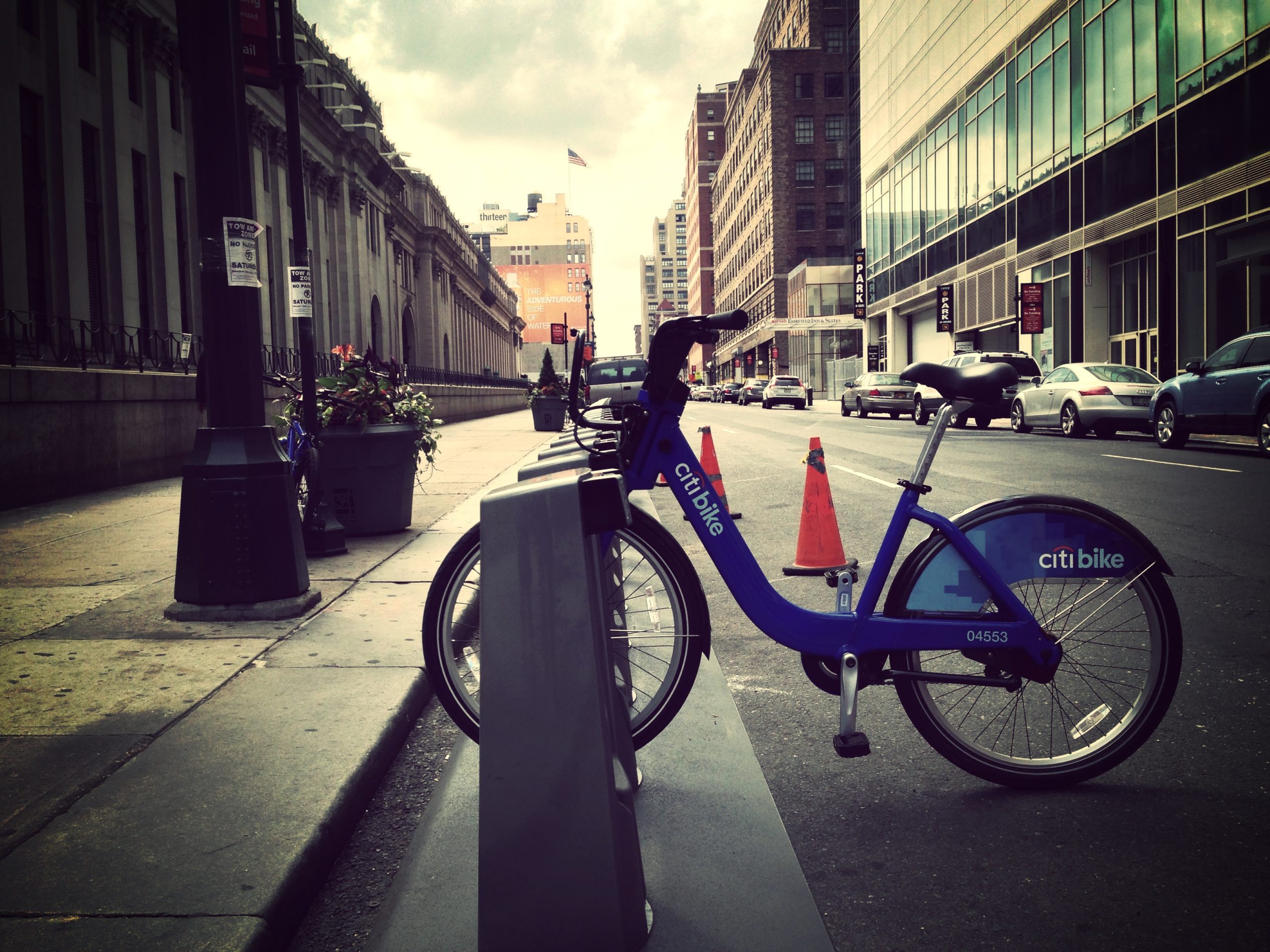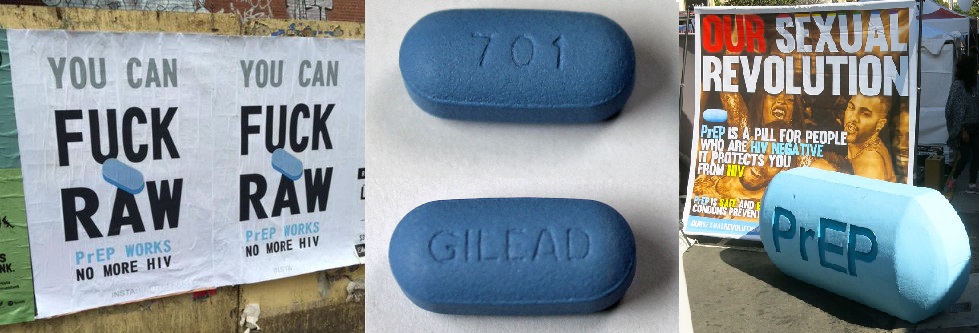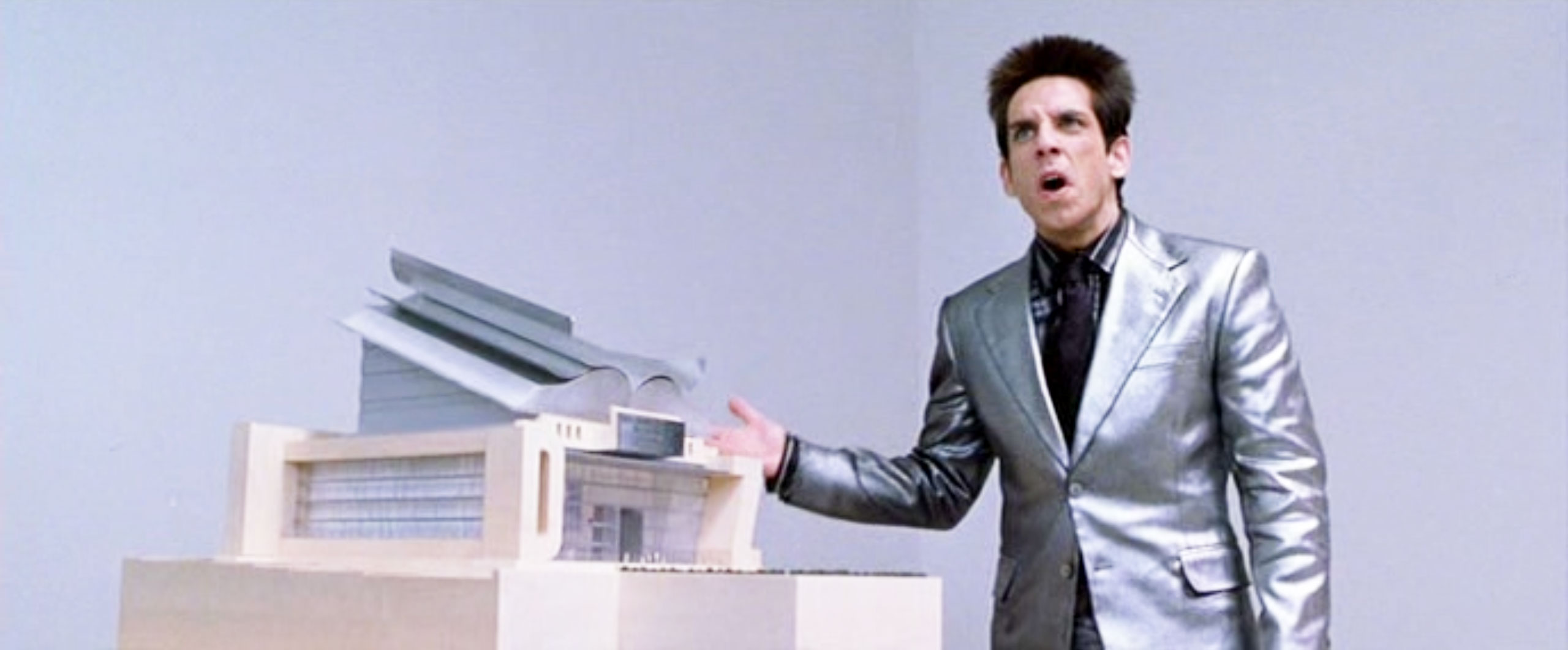
Until access improves, Citibikes are basically for rich people | Riveredger/Flickr
I’d love to have an annual Citibike membership. At $149, they break down to just over $15 a month if you don’t ride at all from December through February, and even less if you bike year-round. I spend nearly that much every month on unlimited Metrocards (which cost $112, or $120 if you buy them weekly). I even spend more than that on a gym membership that I rarely use.
A bike share program with unlimited 45 minute rides (which can easily be extended by switching bikes at a docking station) would save poor folks like me hundreds and, over time, thousands of dollars. But it turns out that poor folks like myself, who stand to benefit so much, don’t actually use Citibikes all that much.
Who Uses Citibikes?
Justin Ginsburg, the Project Director of NYC Bikeshare, which owns and runs Citibike, admits that “riders are mostly white, male, and live in households with six-figure incomes.” All of the docking stations that have opened are in the richest parts of Manhattan and Brooklyn, with the greatest number of riders hailing from Greenwich Village, Chelsea, Gramercy Park, and the East and West Villages—some of the wealthiest neighborhoods in all of New York City.
Unlike in poor neighborhoods, where public transportation is scarcer or less-efficient (this inverse relationship is the effect of gentrification, not a coincidence), wealthy downtown Manhattan features an amazing density of subway terminals and bus routes. It isn’t as though Citibike memberships are a necessary transportation supplement for riders in such areas. Despite their economic value, the data seems suggests that Citibikes are more of luxury resource—a fun, optional alternative–than anything. If poor folks so substantially benefit from such a program, it is indeed odd that rich people use it the most.
What Gives?
Bike dock locations are the first obstacle. Areas like Washington Heights, Inwood, East Harlem, and Alphabet City in Manhattan, and much of Brooklyn and Queens, are home to far poorer residents and far fewer convenient transportation options. Nevertheless, these are the neighborhoods that conspicuously lack Citibikes, and Citibike riders.
A discounted membership is offered for NYCHA residents, but in context, seems an unnecessary slap in the face, given the near-complete lack of Citibike docks within miles of housing projects. From a marketing standpoint, it makes sense to put a product where rich people can use it, but it seems callous to pretend to be offering ease of access to people who don’t actually have physical access at all.
Beyond the obvious locational obstacle, you need a credit card to even sign up for a Citibike. This is already an issue for the 825,000 New Yorkers that, according to a 2010 survey, don’t have a bank account at all (this number has likely decreased since the issuance of NYCID cards).
Upwards and Onwards?
Citibikes sure are a nice idea. Bike share programs could better the environment and the health of New Yorkers from all income brackets. But the way the program has been executed so far has been embarrassing in its overwhelming preference for rich neighborhoods and its mediocre, halfhearted attempt to reach out to poor neighborhoods that really could use it.
Average New Yorkers are displeased with the economic hit local bike shops have taken, while pedestrians and drivers bemoan the glaring safety issues with untrained bike riders. Ginsburg would like to expand the system into less affluent neighborhoods but notes that, because Citibike’s success is due in part to a density of docking stations, “the plan is to start adding connecting neighborhoods…you can’t really skip whole neighborhoods.”
Maybe Citibikes will make it to my neighborhood…someday. But right now they’re looking to raise tens of millions of dollars just to save the program, so maybe not. Until then, the now-iconic blue bikes will probably be for the rich folks, and my butt will just stay in a subway seat.




